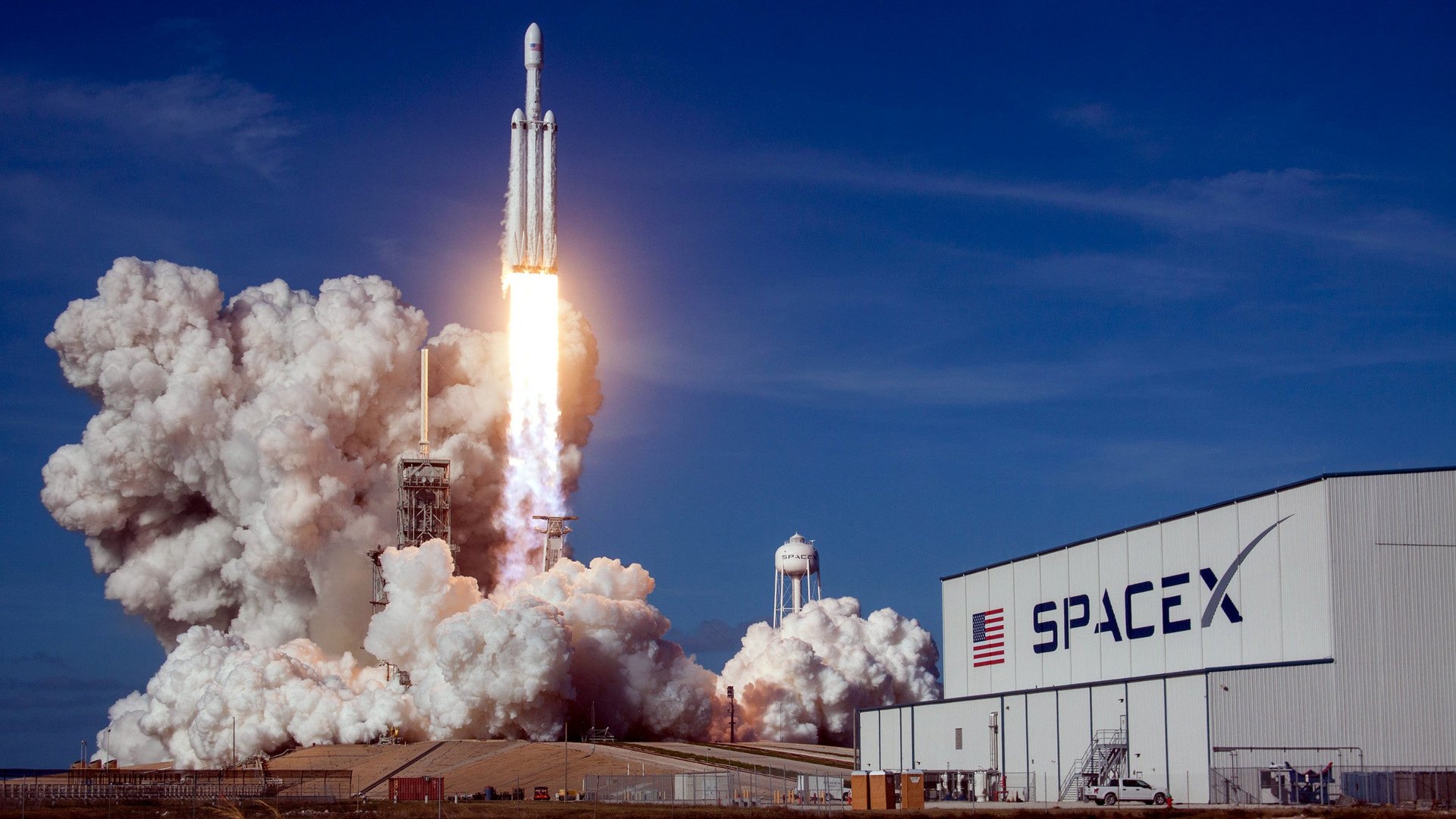SpaceX just sold the US Air Force the cheapest enormous rocket it’s ever bought
SpaceX has won its first contract to launch a classified military satellite on its Falcon Heavy rocket, beating out rival United Launch Alliance, a joint venture of Lockheed Martin and Boeing.


SpaceX has won its first contract to launch a classified military satellite on its Falcon Heavy rocket, beating out rival United Launch Alliance, a joint venture of Lockheed Martin and Boeing.
The launch contract will cost the US Air Force $130 million, far less than the $350 million average cost of United Launch Alliance’s Delta IV, previously the heaviest lifter in the US arsenal. SpaceX’s disruptive business model has proven itself in the national security arena, where it has won five previous contracts since its rockets were certified to fly military missions.
The US Air Force decision signals confidence in the engineering behind the new rocket, which consists of three modified Falcon 9 cores strapped together and flew for the first time in February 2018 after seven years of development and testing.
“On behalf of all of our employees, I want to thank the Air Force for certifying Falcon Heavy, awarding us this critically important mission, and for their trust and confidence in our company,” SpaceX president Gwynne Shotwell said in a statement. “SpaceX is pleased to continue offering the American taxpayer the most cost-effective, reliable launch services for vital national security space missions.”
At the Falcon Heavy’s nervy debut, there was some question of who would buy the vehicle. SpaceX’s Falcon 9, which has grown increasingly powerful over several design iterations, can already carry most commercial and military satellites. The company’s grander ambitions of deep space voyages to the moon and Mars now rest in the BFR, an even larger space vehicle currently being designed and built by the company.
But the military, at least for now, still relies on huge, complex satellites to provide encrypted communications and penetrating surveillance from orbit. Industry sources told Quartz that SpaceX’s Falcon Heavy, if successful, could displace ULA’s Delta IV simply on cost grounds, given the $200 million or more disparity in price between the two vehicles.
It’s not immediately clear what role the classified satellite on this mission, AFSPC-52, will play when it is launched in 2020. But it is assuredly a big bird, weighing more than the 8 metric tons (9 tons) that SpaceX says a Falcon 9 can carry to geostationary orbit, where satellites remain stationed over a given point above the earth. The company says that the Falcon Heavy can carry nearly 27 metric tons (29 tons) of payload to geostationary orbit.
SpaceX has four other Falcon Heavy missions on its manifest: Another US Air Force mission, this one to launch a series of experimental satellites, is expected this fall. The company also says it will fly heavy satellites for operators ViaSat, Arabsat and Inmarsat.
The other potential purchase of the Falcon Heavy is NASA, which could use the vehicle’s enormous capacity to launch space probes or the hardware needed to explore the moon or Mars, but so far hasn’t expressed much interest. NASA is focused on building the Space Launch System, an even larger heavy rocket for deep space exploration, but one that will cost more than seven times what the Falcon Heavy does per launch. But, if SpaceX can build up a record of success with the military, it may help Musk and company win the space agency over to their behemoth lifter.